Home>Ideas and Tips>Creating A Productive Home Office In A Small Space
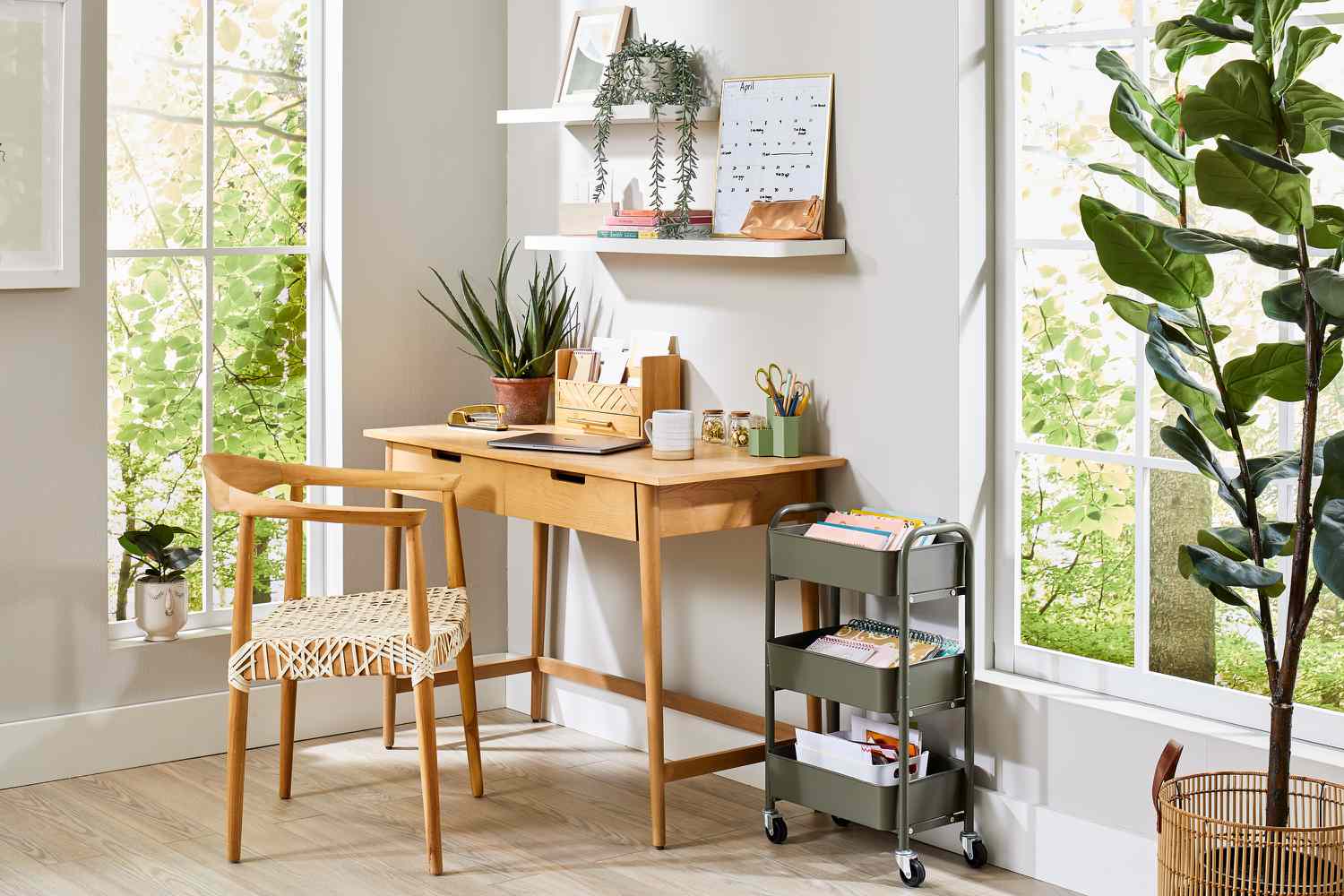

Ideas and Tips
Creating A Productive Home Office In A Small Space
Published: August 27, 2024
Design a productive home office in a small space with tips on location, furniture, personalization, and organization for a stylish and efficient workspace.
(Many of the links in this article redirect to a specific reviewed product. Your purchase of these products through affiliate links helps to generate commission for Storables.com, at no extra cost. Learn more)
In today's world, the concept of a traditional office has undergone a significant transformation. With remote work becoming increasingly popular, the home office has become a focal point for professionals seeking a productive and stylish workspace. Designing a home office is not just about functionality; it’s about creating an environment that inspires creativity, enhances focus, and reflects your personal style. In this article, we will explore key elements and tips for designing a productive and stylish home office, even in small spaces.
Choosing the Right Location
Before you start designing your home office, it's crucial to choose the right location. Whether you have a designated office, a desk in a spare bedroom, or a cozy nook, your space should have qualities that promote efficient workflow. Here are some factors to consider when selecting your office space:
-
Desk Space and Outlets: If you work from a laptop, make sure that your space has enough desk space and is near an outlet. This will ensure that you have all the necessary equipment within reach without any interruptions.
-
Privacy and Quietness: Your home office should provide privacy and be quiet and distraction-free. This is especially important if you are working on tasks that require concentration or if you have family members or roommates who might disturb you.
-
Natural Light: Natural light can significantly enhance your mood and productivity. If possible, position your desk near a window to take advantage of natural light.
-
Comfort: Lastly, factor in things like overall comfort when selecting your work-from-home space. You are spending a significant number of hours there, so you might as well enjoy it!
Read more: Create A Stylish And Productive Home Office
Example Scenarios
- Designated Office: If you have a dedicated room for your home office, consider the layout carefully. Ensure that the room is well-ventilated and has good lighting.
- Spare Bedroom: If you are using a spare bedroom as your home office, think about how you can convert it into a functional workspace. You might need to invest in some furniture rearrangement or add some storage solutions.
- Cozy Nook: If you have a small nook or corner in your living room or kitchen, make the most of it by using space-saving furniture and maximizing vertical storage.
Investing in Quality Furniture
Your choice of furniture is a cornerstone for a productive and stylish home office. Here’s why investing wisely in your office chair and desk matters:
Ergonomic Excellence
-
Ergonomic Chair: Prioritize an ergonomic chair for comfort during long working hours. Look for adjustable features that cater to your body and working preferences, promoting good posture and reducing the risk of discomfort.
-
Adjustable Features: Ensure that your chair has adjustable features like height, armrests, and lumbar support. This will help you maintain a neutral body position throughout the day.
-
Breathability and Cushioning: Comfort is key, so prioritize cushioning, texture, and breathability when selecting furniture. A breathable fabric can help keep you cool during long working hours.
-
Aesthetic Harmony: Balance functionality with aesthetics. Harmonize the style of your furniture with your office theme. A cohesive and visually appealing workspace positively influences your mood and motivation.
Spacious and Stylish Desks
-
Desk Size: Select a desk that accommodates your work essentials and complements your home’s aesthetics. The desk is not just a surface; it’s a functional and stylish centerpiece of your workspace.
-
Durability: Consider furniture as a long-term investment. Opt for durable materials like solid wood or high-quality laminates that can withstand daily use, saving you from the hassle of frequent replacements.
-
Cable Management: To keep your workspace clutter-free, find cable management solutions. This will keep your desk organized and prevent cables from getting tangled or lost.
-
Customized Furniture: Invest in customized furniture or accessories that reflect your taste. Unique pieces add character and functionality to your home office.
Personalizing Your Space
Your home office should be more than just a workspace—it should reflect your personality and inspire creativity. Here are quick and effective ways to personalize your space:
Artwork and Quotes
-
Decorate Walls: Decorate your walls with artwork and motivational quotes that resonate with you. Choose pieces that evoke positive emotions and serve as constant reminders of your goals.
-
Meaningful Items: Display family photos, souvenirs, or awards that tell your story. Surround yourself with meaningful items for constant inspiration and motivation.
Thoughtful Color Scheme
-
Color Palette: Select a color palette that aligns with your style. Whether it’s bold and vibrant or calm and muted, the right colors can create a comfortable and focused atmosphere.
-
Textures and Fabrics: Introduce textures and fabrics that align with your preferences. Experimenting with different materials enhances visual appeal and creates a cozy atmosphere.
Organizing for Efficiency
A cluttered workspace is a roadblock to productivity. Transform your home office into an efficient hub with these quick and practical organization tips:
Smart Storage Solutions
-
Shelves and Drawers: Invest in shelves, drawers, and organizers that blend functionality with style. You can also include accessories like tray organizers and drawer dividers to organize everything from pens and paperclips to documents and folders.
-
Vertical Space: Maximize storage by going vertical. Wall-mounted shelves, pegboards, or floating cabinets save floor space and add a visual dimension to your home office.
-
Categorize and Prioritize: Sort your office supplies and documents based on usage and importance. Keep frequently used items within easy reach and store less-used ones in designated areas.
-
Labeling Storage Containers: Label storage containers so you can find things quickly. Use a color-coding system to sort or categorize items for easier access.
De-cluttering
Clutter can be very distracting and reduce efficiency. While you want everything you need at hand, removing unnecessary supplies will keep your workspace organized, and you’ll work better.
-
Inventory List: Make an inventory list to make sure you have all the right supplies. De-clutter and reorganize your work area to keep it clean and efficient.
-
Triangle Layout: Consider the flow of your work and how often you need to access different items and tools. Position anything that you use the most within reach. Make sure your area is balanced and not crowded with work and personal items.
Limiting Distractions
If you don’t have a dedicated home office space or you're sharing your work space, it’s important to set boundaries and even a schedule to make sure you have the privacy you need to be productive.
-
Quiet Area: Set up your workspace in a quieter area of your home, away from distractions. Be aware of who else is using the space, for example if you’re set up is in the kitchen or dining room.
-
Schedule Use: Organize a schedule for how the room is used and when. Create a room divider using what you have in your home like curtains, bookshelves, plants, etc., for privacy.
-
Visual Cues: Try visual cues like a “do not disturb” sign to ensure family members or roommates respect your space during working hours, especially when participating on audio and video calls.
-
Positioning: Position your work area so distractions aren’t occurring behind you. This could be a busy street (if you live in the city) or a major circulation path within your home (kids running from the back door to the living room).
Creating a Comfortable Atmosphere
Make your home office a space you enjoy spending time in by creating a comfortable atmosphere.
-
Natural Light: Ensure that your workspace has natural light. This can significantly enhance your mood and productivity.
-
Internal Mobility: Try practicing internal mobility by changing your scenery occasionally. For example, moving from the kitchen table to the counter supports mental health and stability.
-
Walking Meetings: Another option could be taking walking meetings outside if it doesn’t require a computer or reviewing something.
-
Personal Touches: Display personal touches like family photos, souvenirs, or awards that tell your story. Surround yourself with meaningful items for constant inspiration and motivation.
Conclusion
Creating a productive home office in a small space requires careful planning and attention to detail. By choosing the right location, investing in quality furniture, personalizing your space, organizing efficiently, limiting distractions, and creating a comfortable atmosphere, you can turn any small space into a haven for productivity and self-expression.
Remember, your workspace should reflect your personality and inspire creativity. With these tips and inspiration, you can make a workspace that helps you focus and work more efficiently from the comfort of your own home.
Additional Tips for Small Spaces
-
Multifunctional Furniture: Use multifunctional furniture that serves multiple purposes. For example, a storage ottoman can provide both seating and storage.
-
Space-Saving Solutions: Utilize space-saving solutions like foldable tables, wall-mounted shelves, and hanging organizers to maximize your space.
-
Lighting: Proper lighting is essential in small spaces. Use layered lighting with a combination of overhead lighting, task lighting, and ambient lighting to create a comfortable environment.
-
Technology Integration: Integrate technology seamlessly into your workspace with devices like wireless keyboards, ergonomic mice, and high-quality monitors.
-
Air Quality: Maintain good air quality by using air purifiers or plants that help purify the air. This can significantly enhance your productivity and overall well-being.
By following these tips, you can create a productive and stylish home office even in the smallest of spaces. Remember to prioritize comfort, functionality, and aesthetics to ensure that your workspace is not only efficient but also enjoyable.
Was this page helpful?
At Storables.com, we guarantee accurate and reliable information. Our content, validated by Expert Board Contributors, is crafted following stringent Editorial Policies. We're committed to providing you with well-researched, expert-backed insights for all your informational needs.
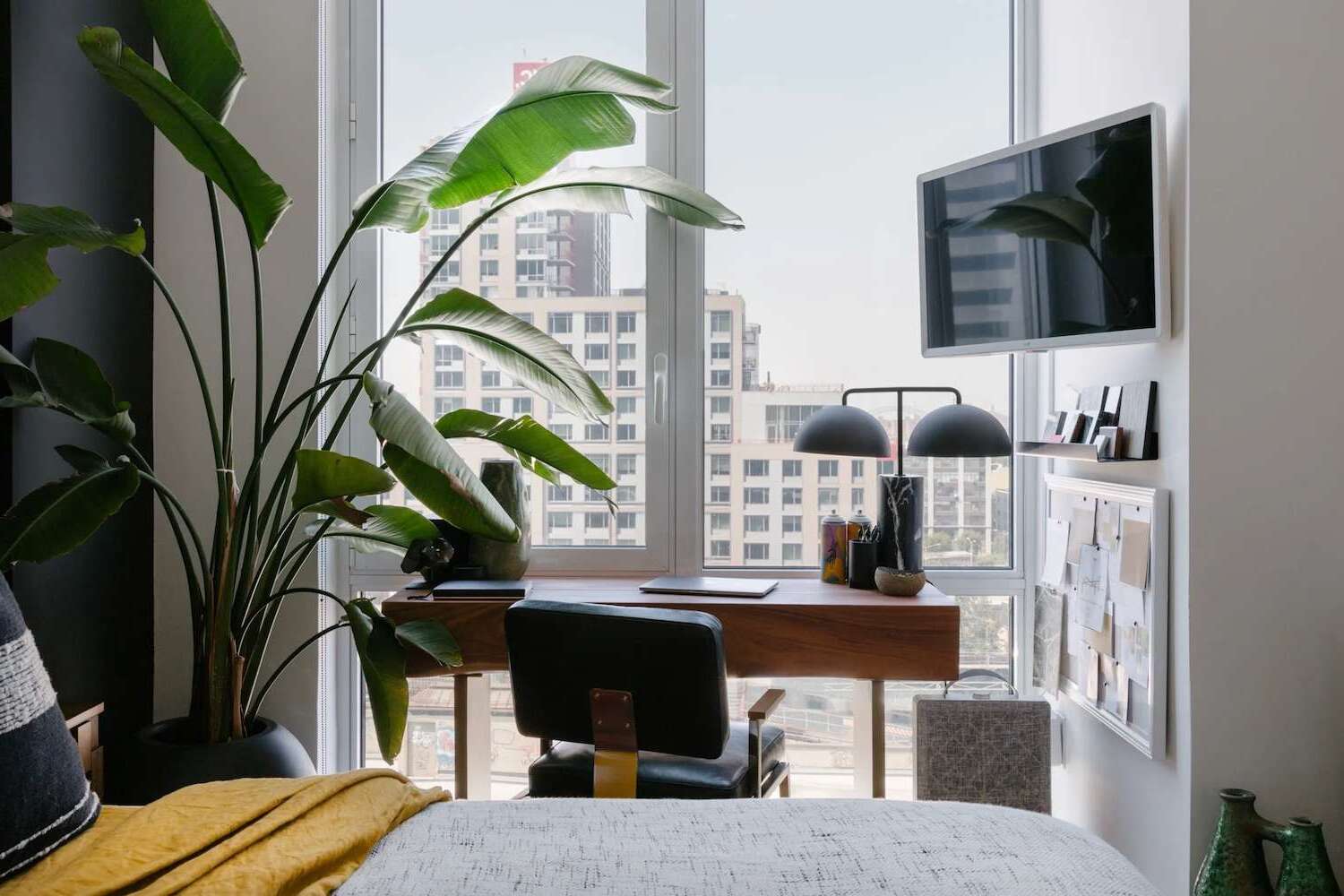
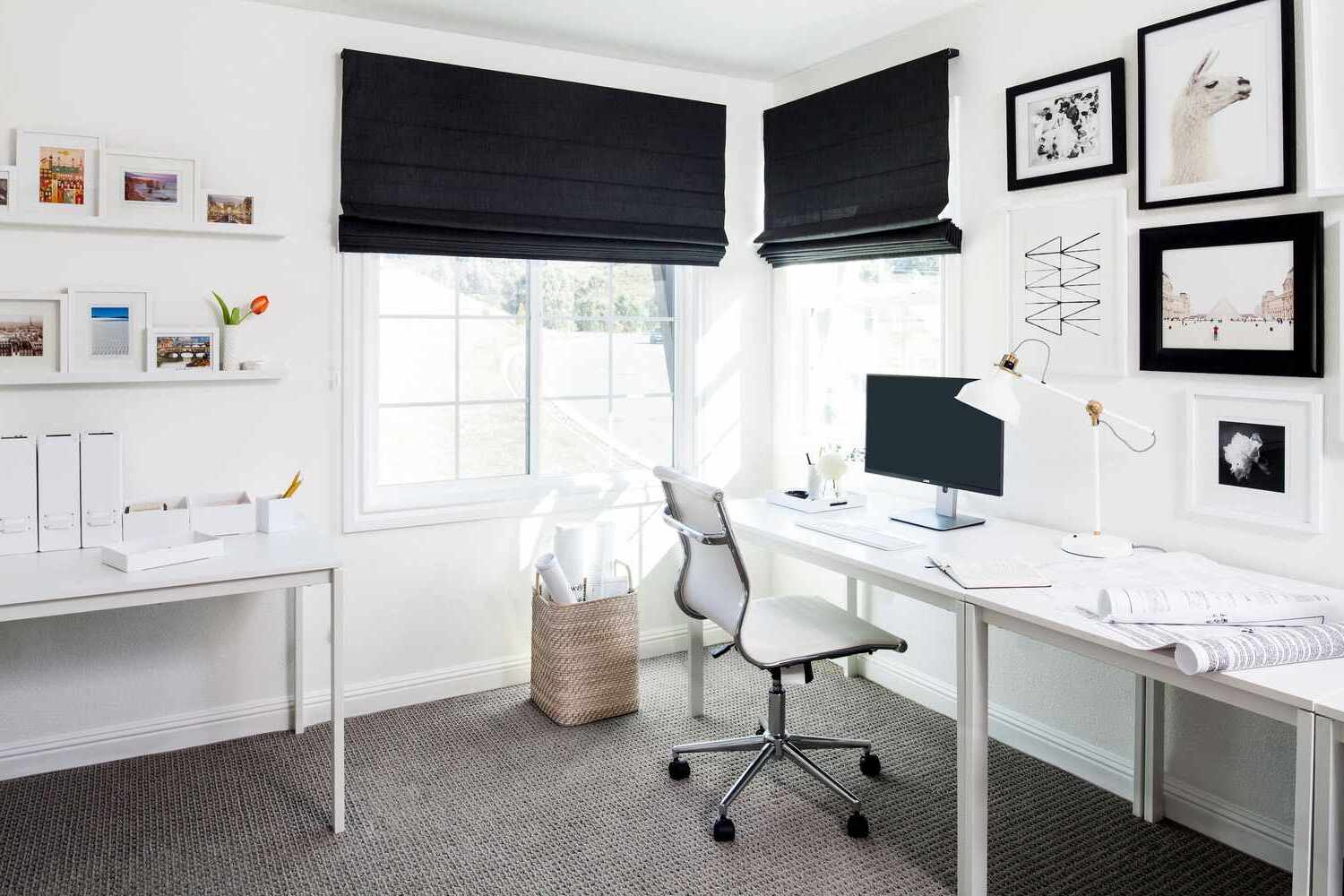
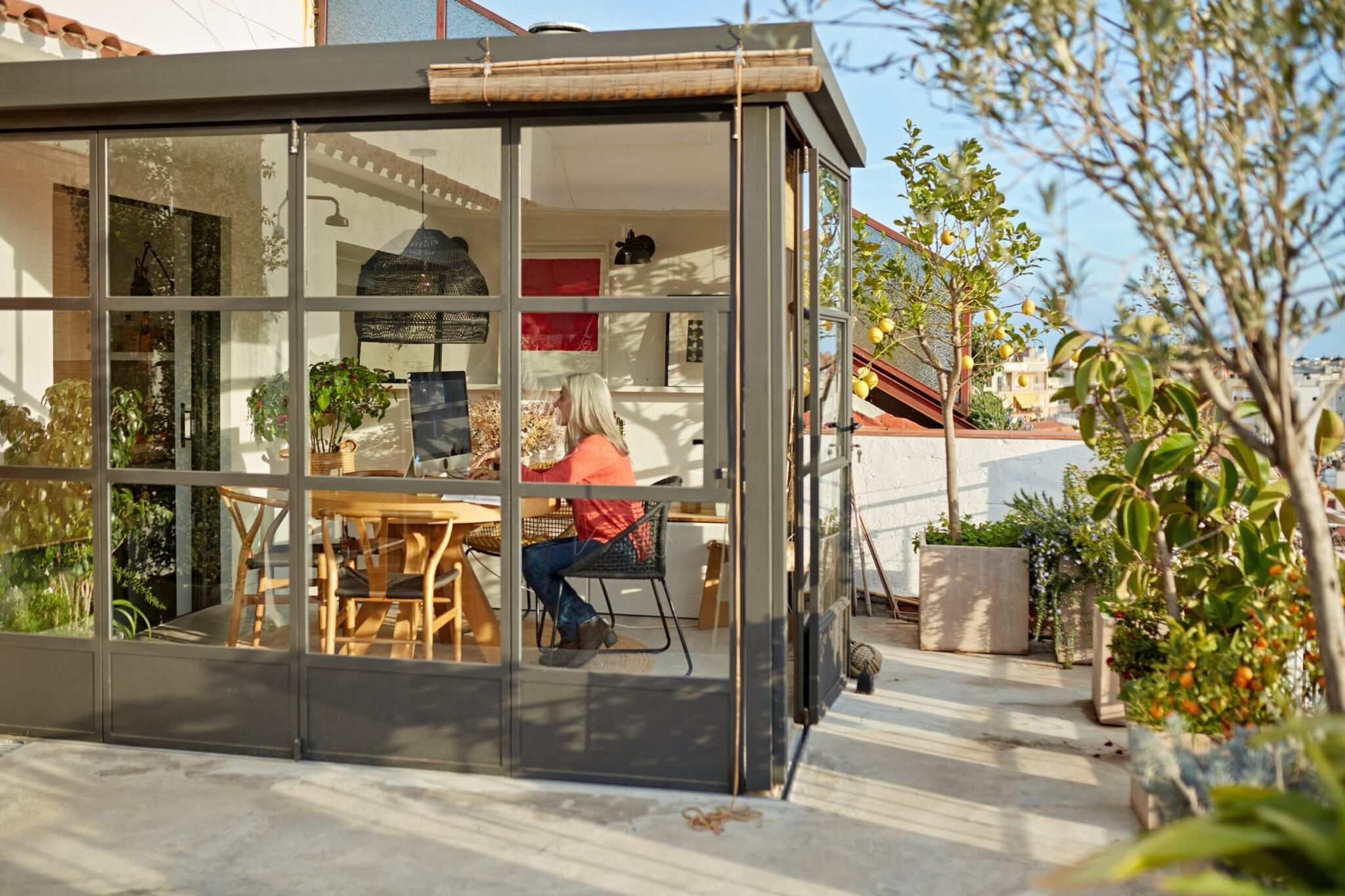
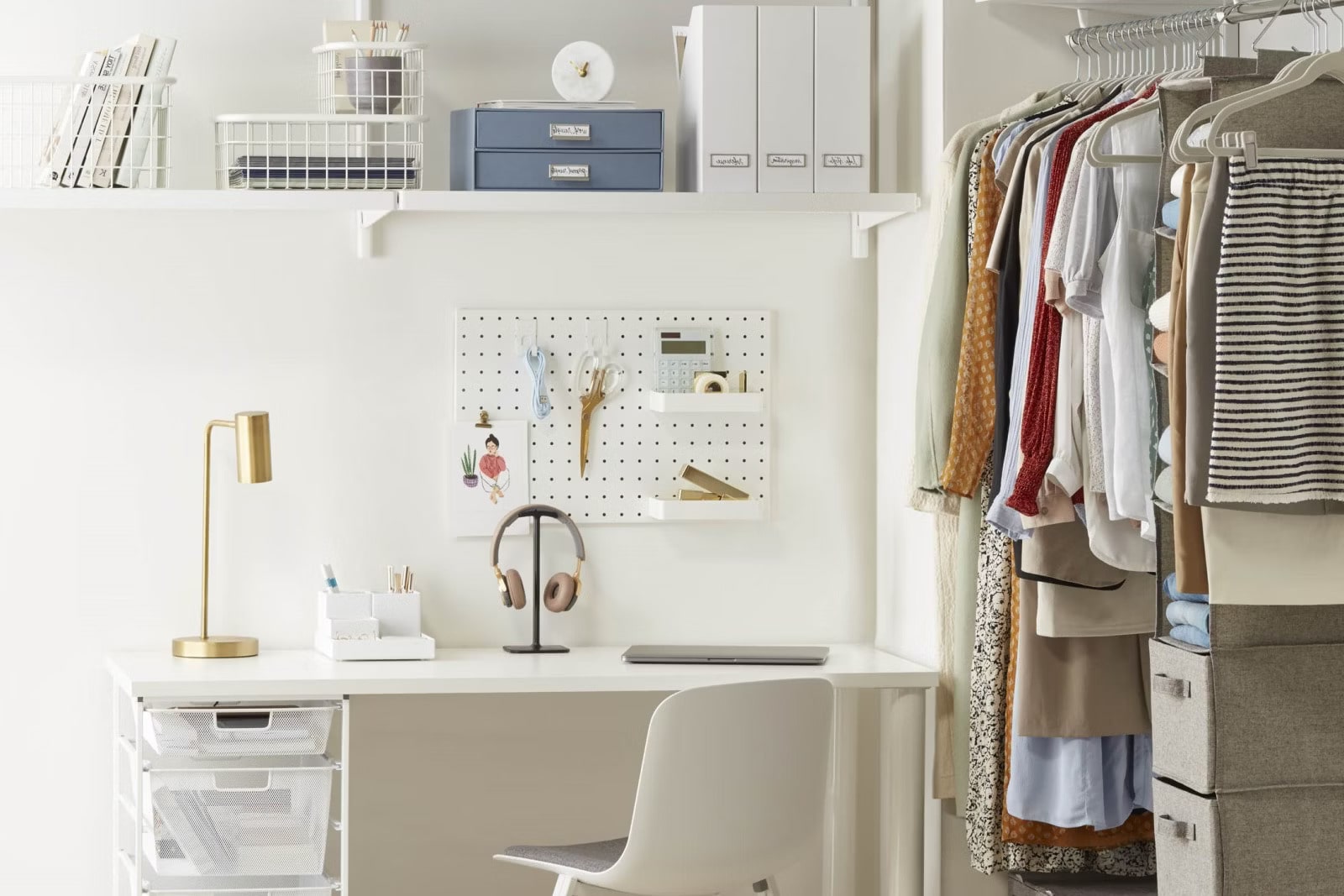
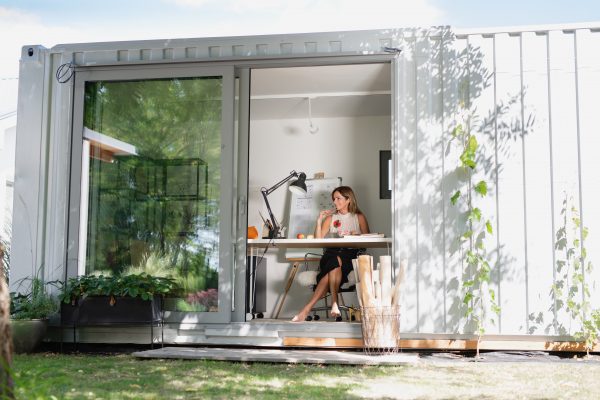
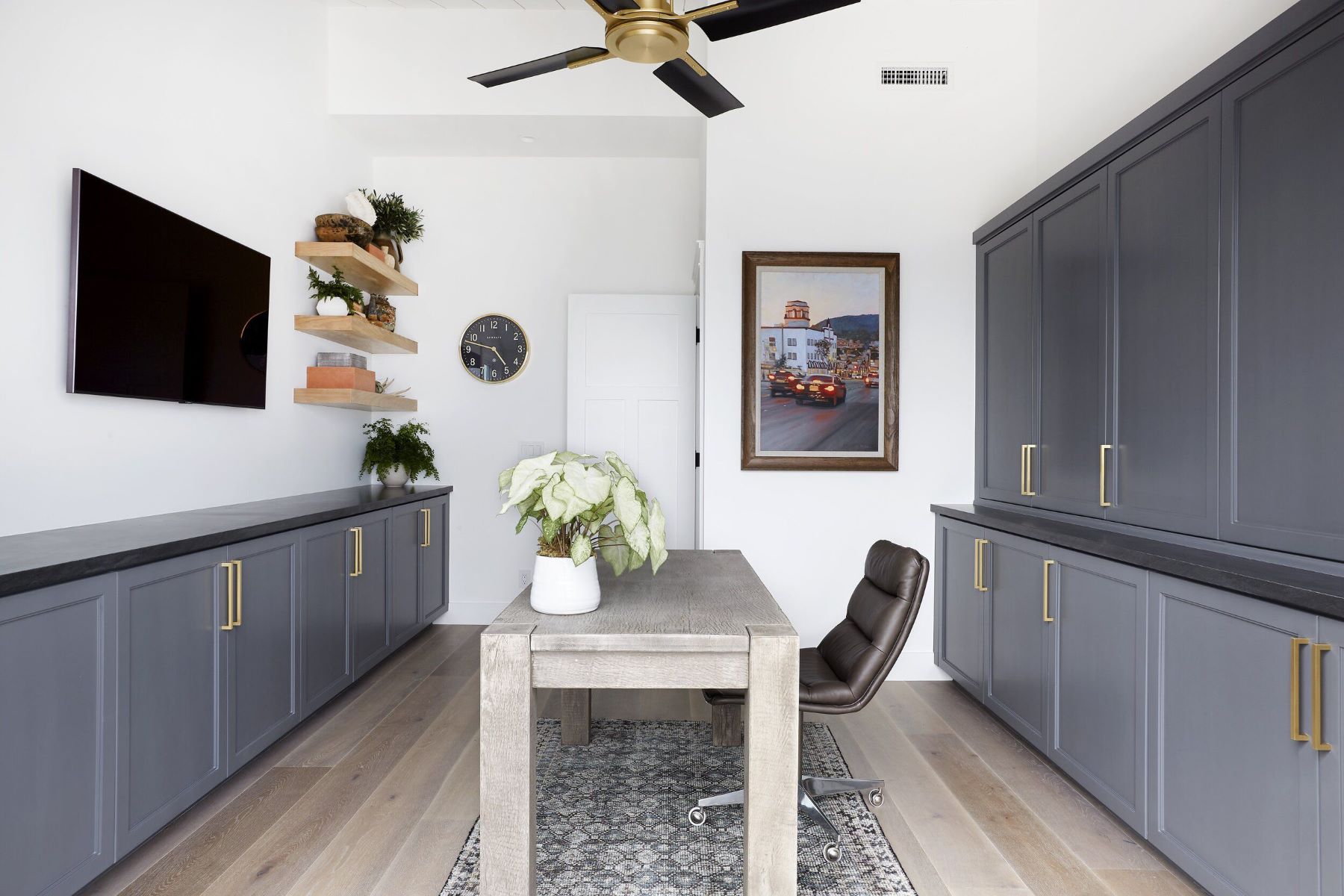
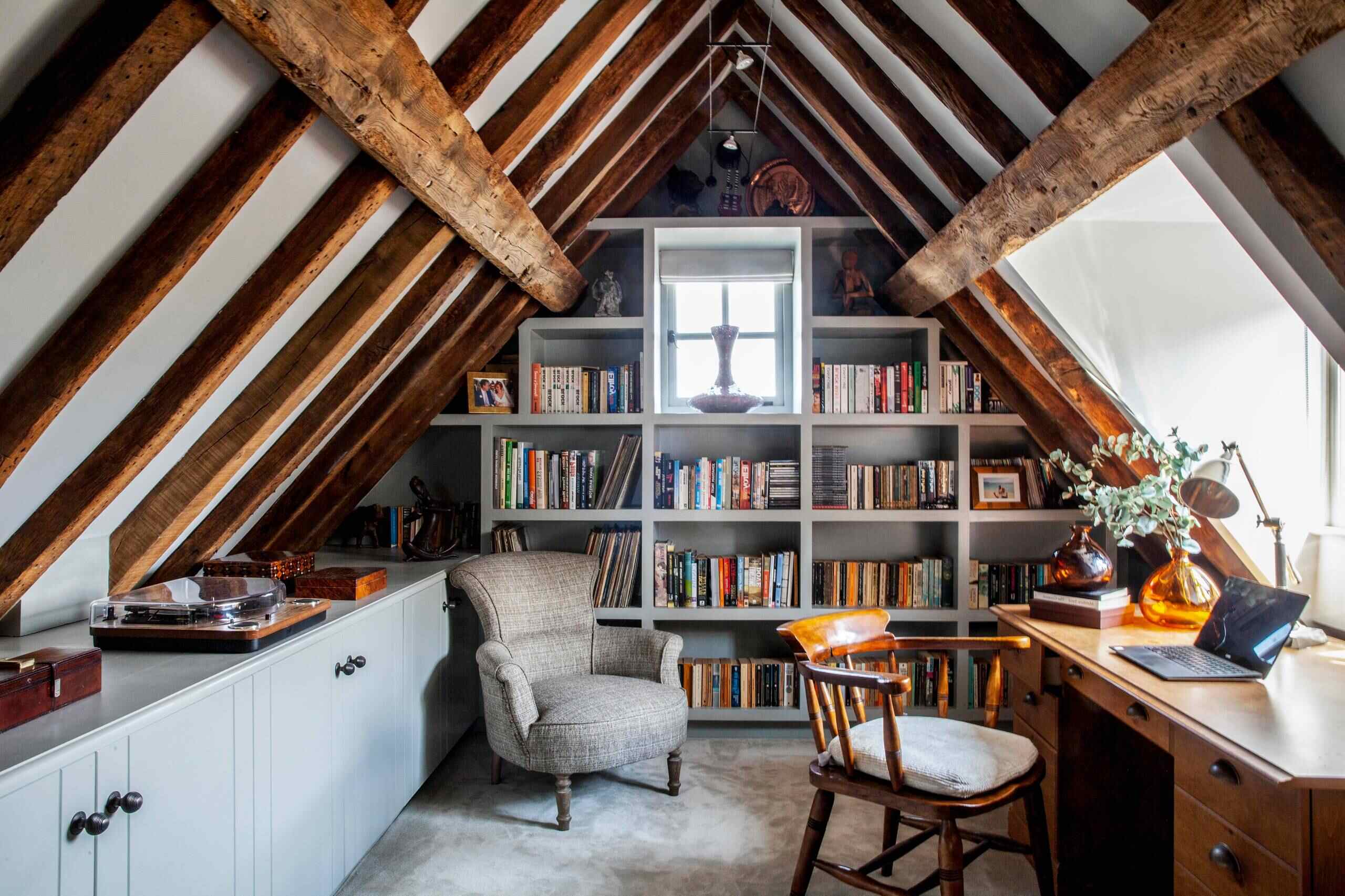
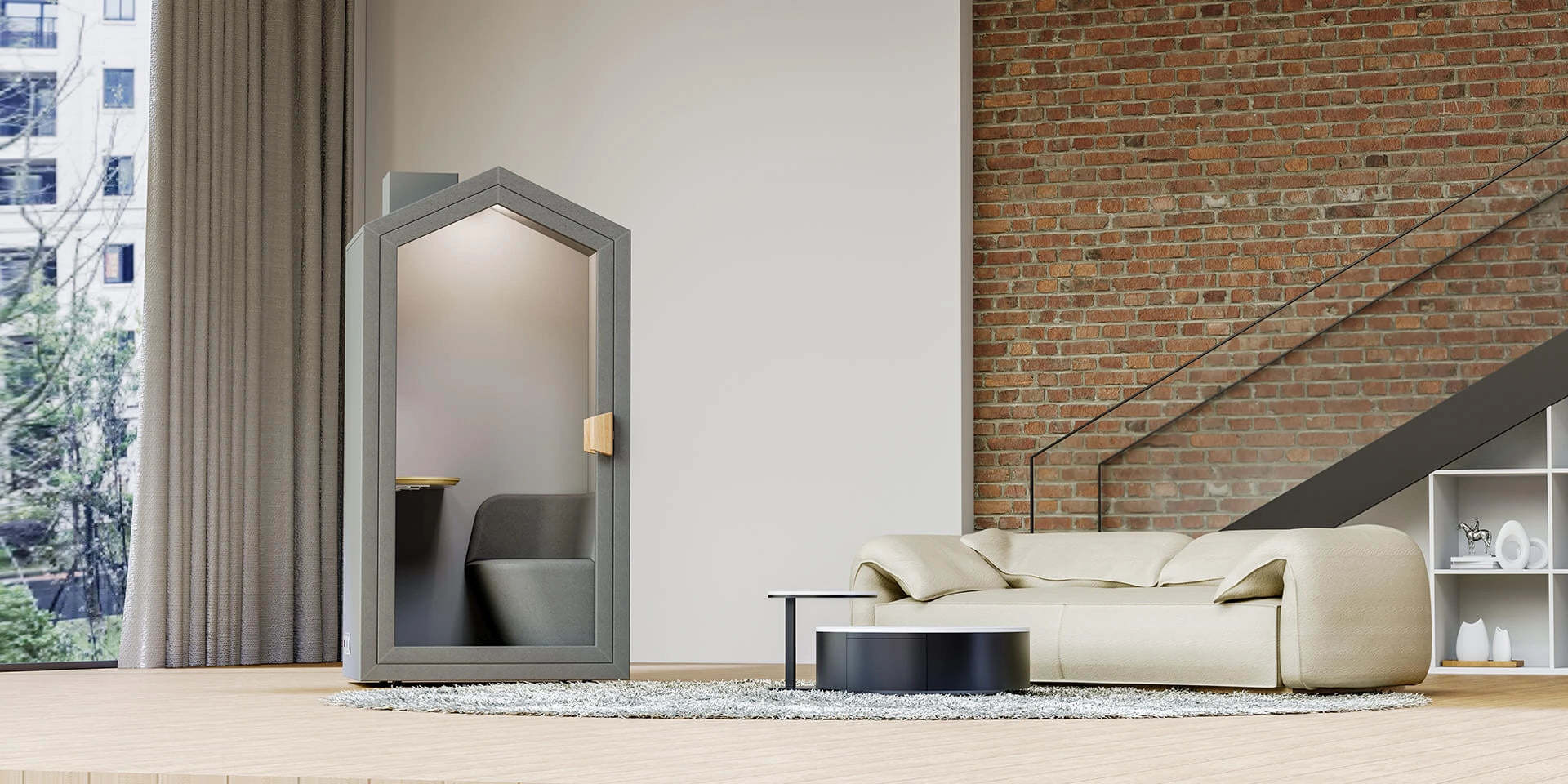
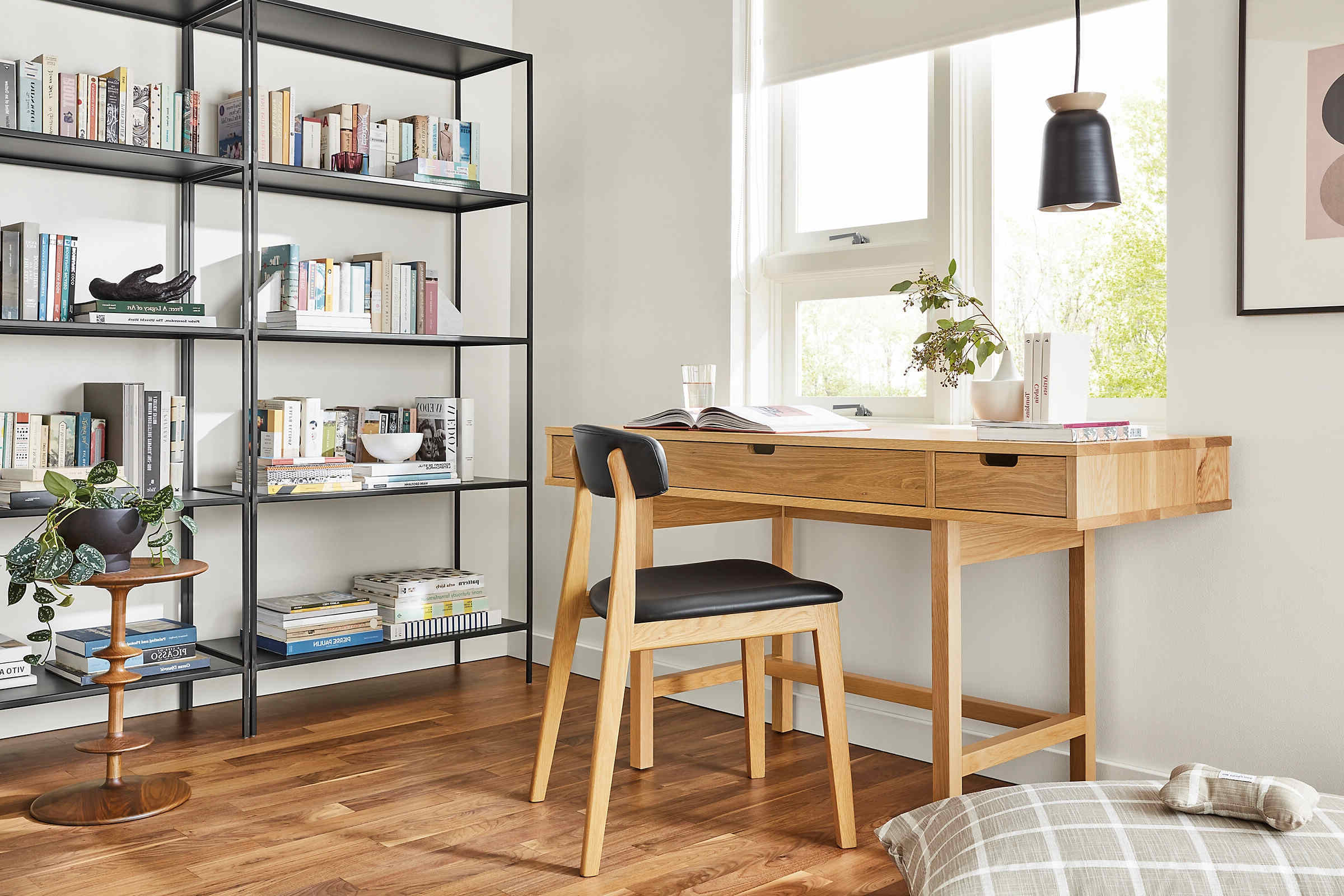
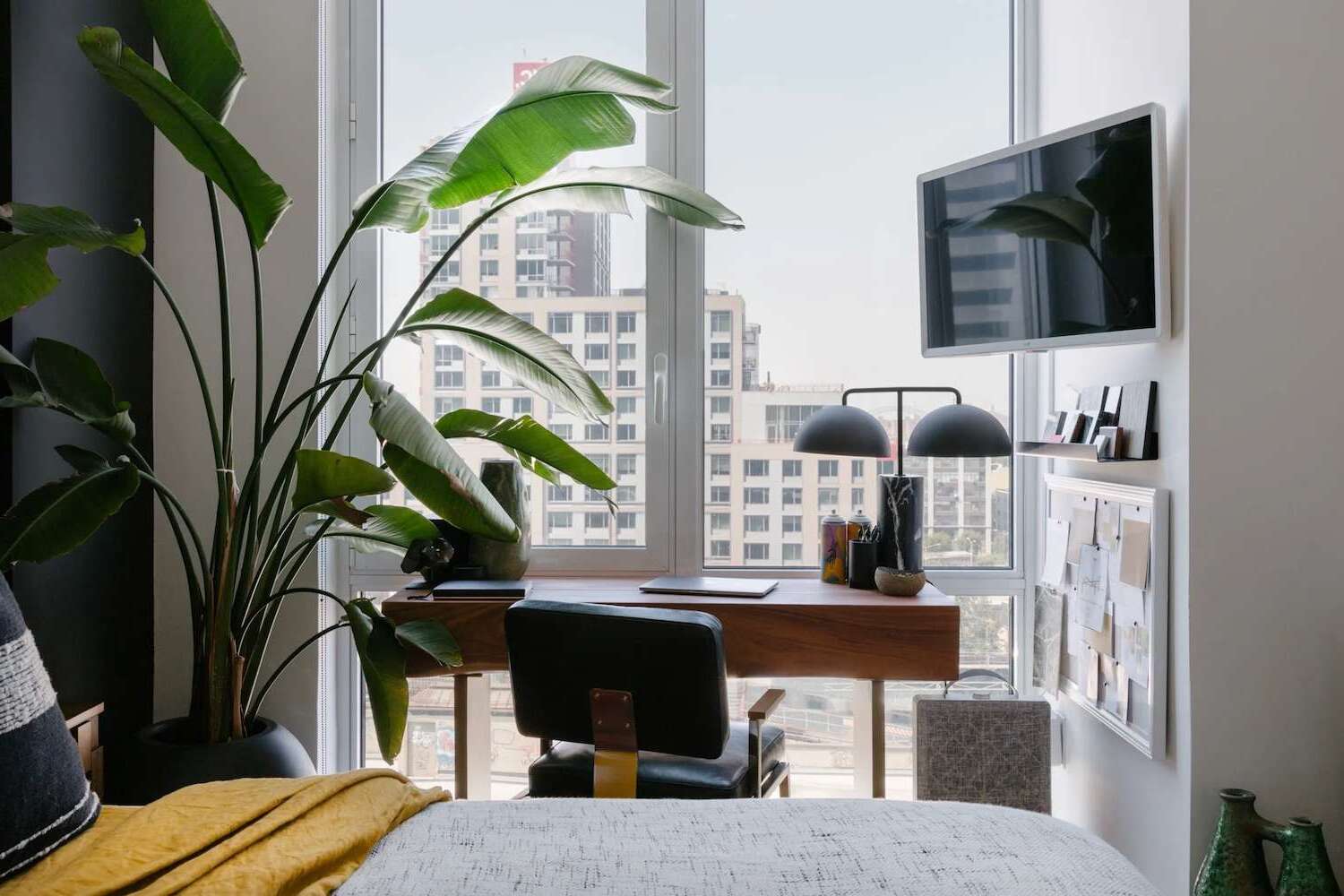
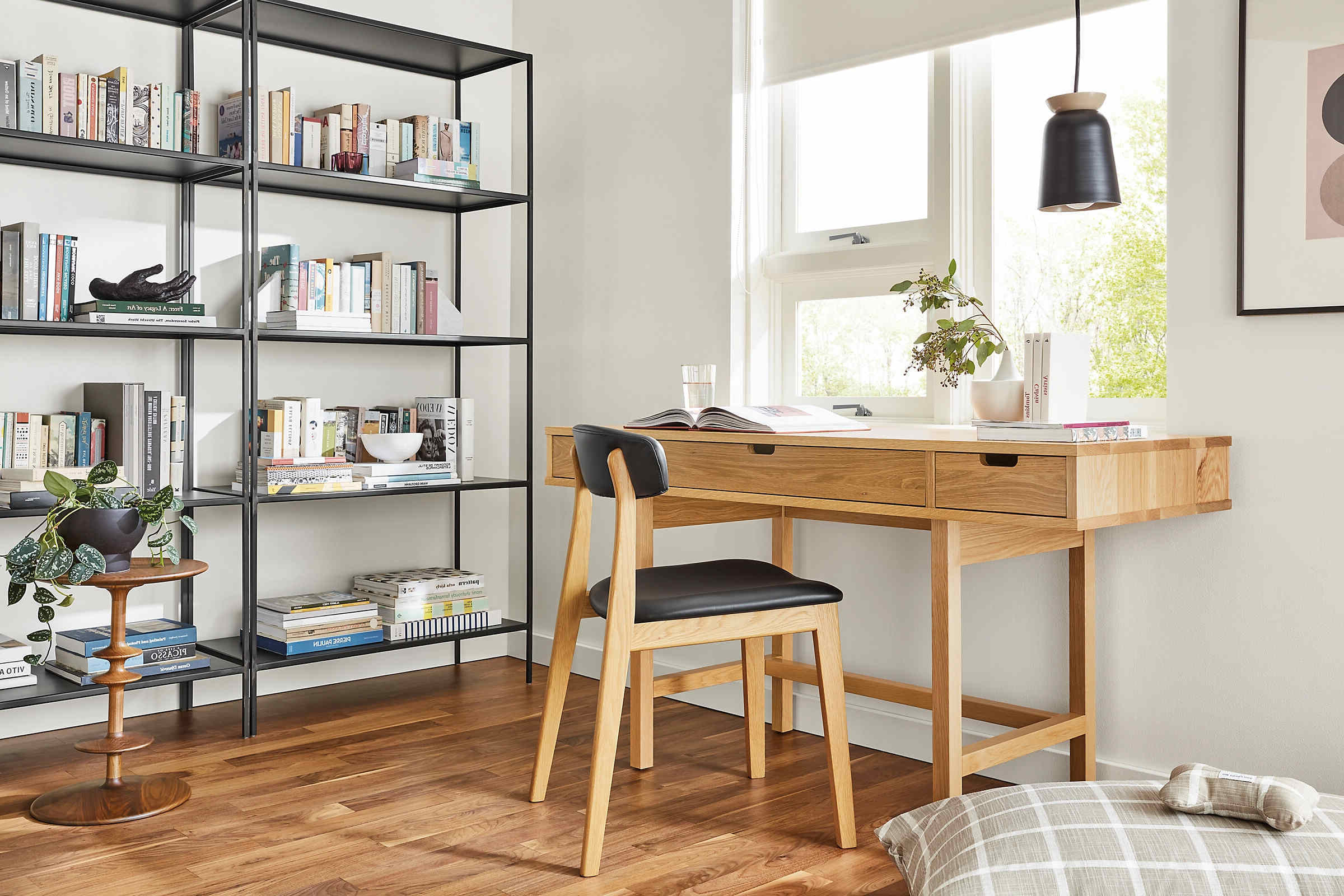
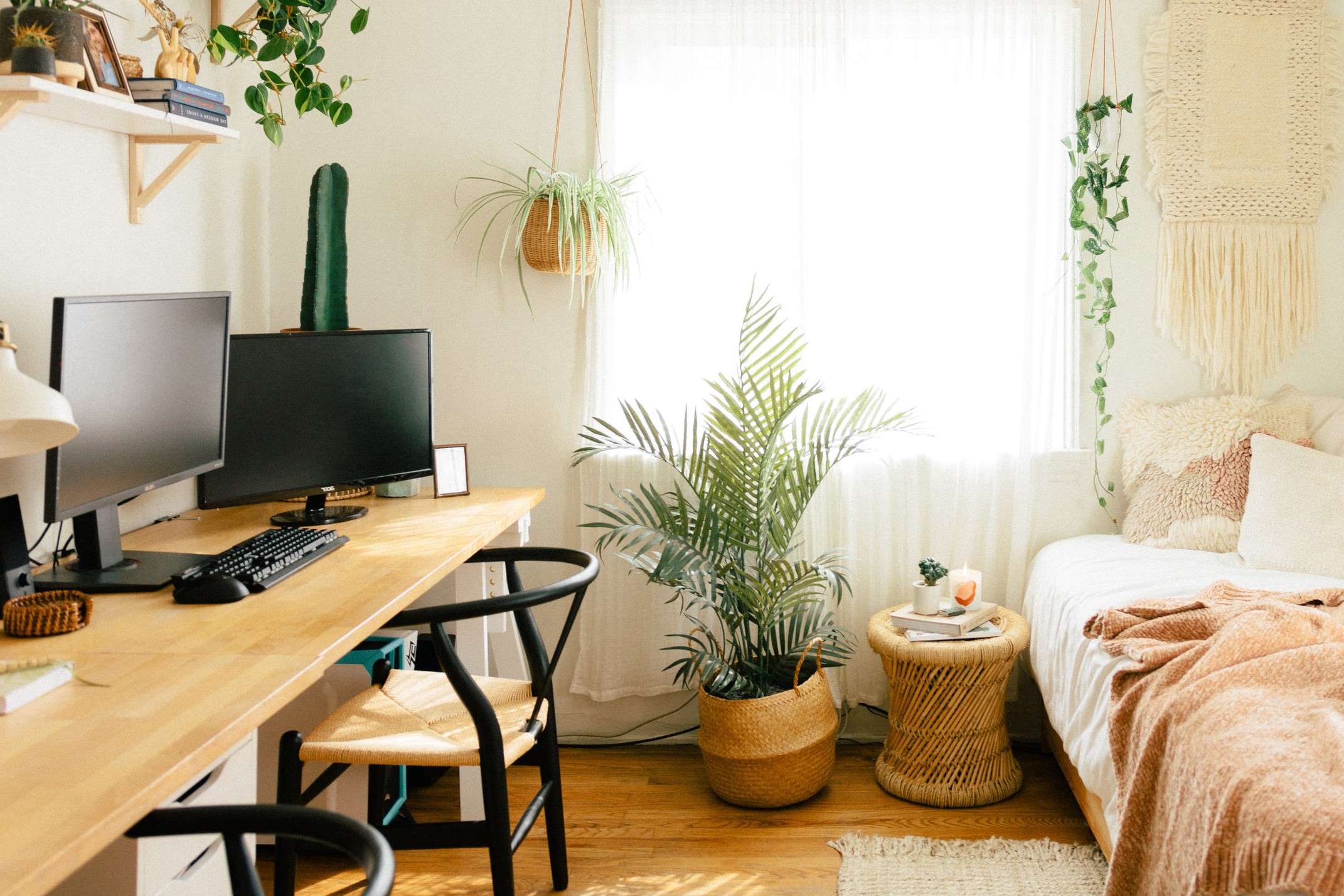

0 thoughts on “Creating A Productive Home Office In A Small Space”